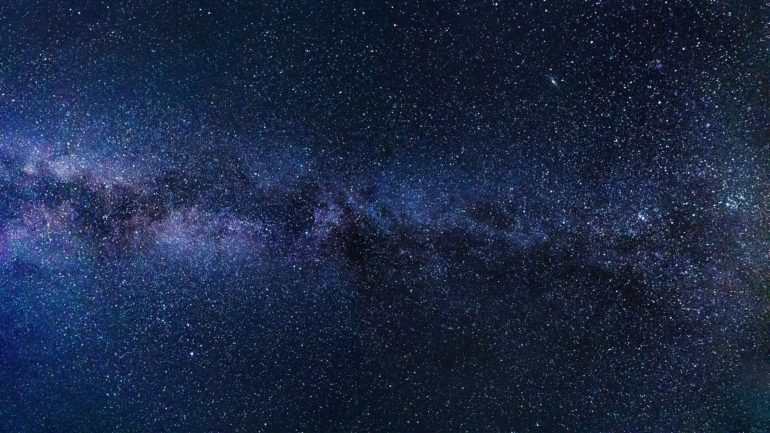A special edition of EPJST, edited by Balasubramanian Ananthanarayan, Centre for High Energy Physics, Indian Institute of Science, Bangalore, and Subhendra Mohanty, Department of Theoretical Physics, Physical Research Laboratory, Navrangpura, Ahmedabad, brings together a collection of papers focusing improving our understanding of the accelerating expansion of the Universe and the nature of the dark energy that drives it.
“Despite all the advances in theory and observations in particle physics and cosmology we only understand about 5% of the Universe,” says Mohanty. “The remaining matter and energy of the Universe consist of dark matter, which accounts for the rotational speeds of galaxies and formation of cosmic structure, and dark energy which accelerates the expansion of the Universe.”
In addition to the lingering mysteries of the so-called ‘dark universe’ as theories have grown more robust and observations more precise, troubling disparities have presented themselves between our best descriptions of the Universe. For instance, the rate of acceleration delivered by astronomical observations and the standard model of cosmology is much smaller than the value presented by the standard model of particle physics. “If the discrepancy between different observations is not resolved even after more refined observations, then it will mean that the base model of Lambda CDM—the most favored standard model of cosmology— needs to be changed,” Mohanty explains. “It is possible that there are interactions between different sectors like dark matter and dark energy which we have not yet recognized.”
The researcher points out that failure to resolve this disparity could also mean that the way we currently measure cosmological distance using the spectroscopic red-shift and the use of standard candles like Type-1a supernovae or Cepheid variables—stars whose luminosity varies periodically with time—needs to be revised.
Mohanty continues by explaining that there are two strands of research in this field, the first being the examination and interpretation of the observational data about what it tells us about the existence of dark energy. The second strand is the microscopic understanding of the nature of dark energy—a fluid that has negative pressure. This, as Mohanty points out, makes dark energy unlike any other particle or field observed so far.
“Unraveling the nature of dark energy by study of the accelerated Universe will unlock the deepest level of our understanding of the Universe,” Mohanty concludes. “The best way to proceed in the understanding of dark energy is to closely relate theory with observations which are now possible due to a plethora of new precision experiments in cosmology and particle physics.”
The dark side of cosmology
More information:
B. Ananthanarayan et al, The accelerating universe: evidence and theories, The European Physical Journal Special Topics (2021). DOI: 10.1140/epjs/s11734-021-00259-x
Citation:
Examining the accelerating universe (2021, October 22)
retrieved 24 October 2021
from https://phys.org/news/2021-10-universe.html
This document is subject to copyright. Apart from any fair dealing for the purpose of private study or research, no
part may be reproduced without the written permission. The content is provided for information purposes only.



